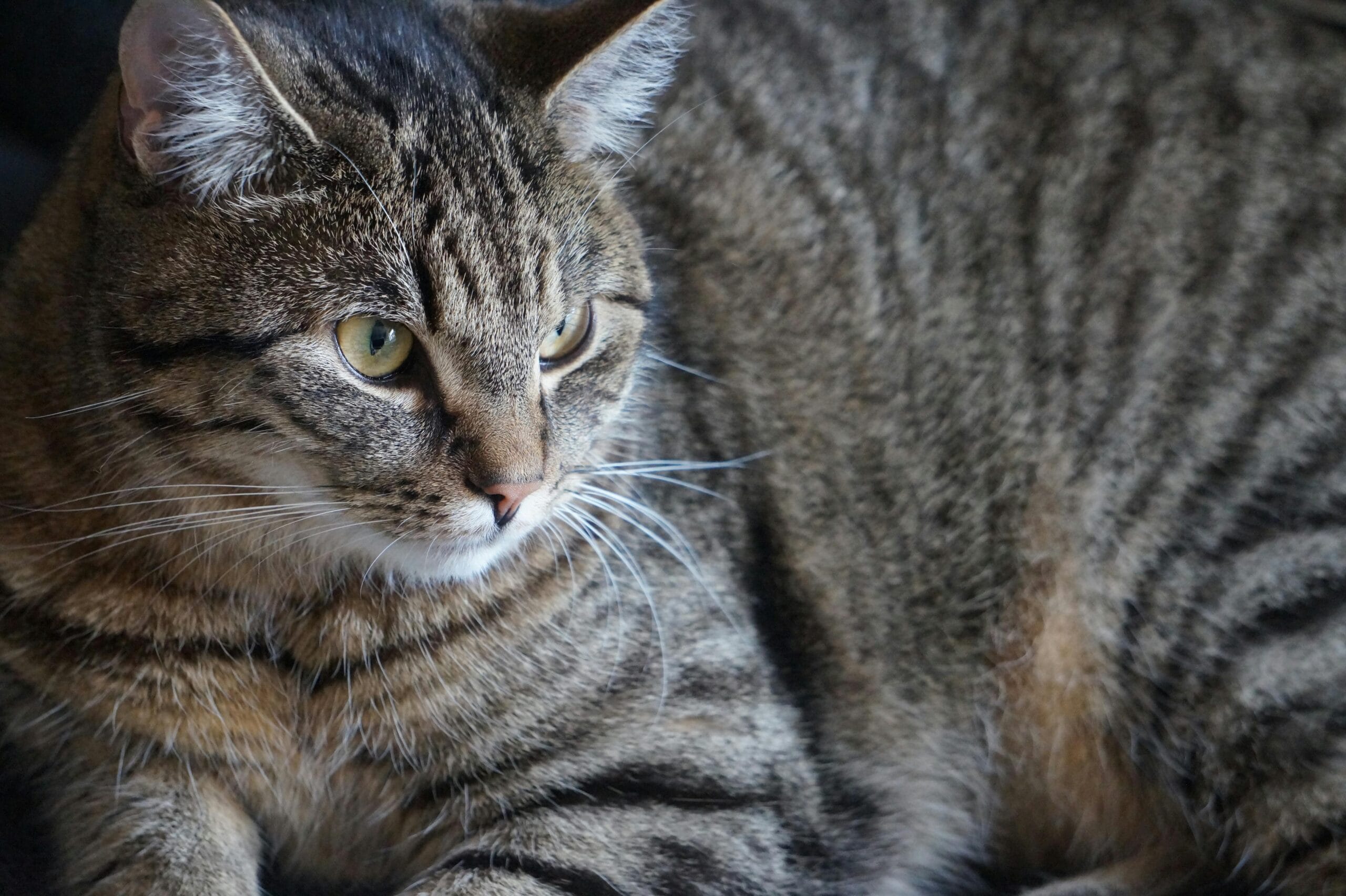How To Tell How Old Kitten Is ?

How To Tell How Old Kitten Is? Use our Kitten Age Chart & learn about Kitten Development Stages! Discover your kitten’s age easily & understand their needs. Get expert tips now!
How To Tell How Old a Kitten Is: A Comprehensive Guide
Bringing a new kitten into your home is an incredibly rewarding experience. But knowing their age can be crucial for providing the right care, nutrition, and socialization. Whether you found a stray or adopted from a shelter, accurately determining your kitten’s age can be tricky. This comprehensive guide will walk you through various methods, including using a Kitten Age Chart and understanding the key Kitten Development Stages, to help you estimate your little one’s age. Learning How To Tell How Old a Kitten Is is essential for responsible pet ownership.
Understanding Kitten Development Stages
Kittens grow and develop rapidly during their early weeks and months. Understanding their developmental milestones provides valuable clues about their age. This is where a Kitten Age Chart can be incredibly useful, but it’s also important to consider individual variations. Some kittens develop faster than others.
Neonatal Stage (0-2 weeks)
Newborn kittens are completely dependent on their mother. Their eyes and ears are closed, and they are unable to regulate their body temperature or eliminate waste on their own. At this stage, they primarily sleep and nurse. Assessing the age during this period is usually only possible by examining the mother cat’s condition or consulting with a veterinarian.
Transitional Stage (2-4 weeks)
In this stage, kittens begin to open their eyes (around 7-14 days old) and ears. They become more active and start to explore their surroundings. They might attempt to walk and stand, although they are still quite clumsy. Their teeth begin to erupt, and they may start to show signs of interest in solid food, although their primary source of nutrition remains their mother’s milk.
Socialization Stage (4-14 weeks)
This is a crucial period for socialization. Kittens learn vital social skills from their mother and littermates. They become increasingly playful, active, and curious. Their teeth are fully erupted, and they start to wean onto solid food. Their coordination improves significantly, and they can run, jump, and climb.
During this period, their weight gain is also a good indicator. A healthy kitten should be gaining weight consistently. If you’re unsure, comparing your kitten’s size and weight to a standard Kitten Age Chart can be helpful. Remember, it’s always best to consult a vet if you have concerns about your kitten’s growth or development.
Juvenile Stage (14-26 weeks)
Kittens reach their juvenile stage as their bodies are developing rapidly. This is the period where play becomes more sophisticated, and their independence grows. Their adult teeth replace their baby teeth. You’ll start to see their distinct personality traits emerge. By this time, many kittens will have been weaned completely from their mother.
Using a Kitten Age Chart: A Visual Guide
While observing behavioral and physical development is essential, a Kitten Age Chart offers a helpful visual tool for approximating age. These charts usually outline average weight, size, tooth eruption, eye opening, and other developmental milestones. Remember that these charts provide estimates, and individual variations exist.
Many veterinary websites and pet-related resources offer Kitten Age Charts. These charts can give you a rough idea of your kitten’s age, but they shouldn’t replace a professional veterinary examination, especially if you’re concerned about your kitten’s health or if you are unsure about their age. A thorough veterinary check-up is essential for proper health assessment and personalized care.
You can also find many useful resources online detailing How To Tell How Old a Kitten Is through various visual cues. These resources will usually offer images and descriptions of kittens at different developmental stages which you can cross-reference with your own kitten.
Physical Indicators of Kitten Age
Besides a Kitten Age Chart and observation of Kitten Development Stages, several physical characteristics can help you determine a kitten’s age:
Weight and Size:
While a Kitten Age Chart provides average weight ranges, the size can be deceptive as kitten growth varies widely depending on breed and genetic factors. A larger-breed kitten will naturally be heavier than a smaller-breed kitten at the same age. However, significant deviations from average values can indicate a health problem and warrant a veterinary examination.
Teeth:
The eruption of teeth is a good indicator of age. Newborn kittens are toothless. By two weeks, tiny needle-like teeth begin to appear, followed by the full set of baby teeth by around three to four weeks. These are gradually replaced by permanent teeth by around six months of age. A veterinary professional can examine the teeth and provide a precise age estimation based on the dental development.
Eyes and Ears:
The opening of eyes and ears is another crucial milestone. Eyes typically open between 7 and 14 days old, and ears open around the same time. The color of their eyes often will also change as they grow. The color of their eyes can help provide an approximate age range. This visual aid is best used in conjunction with other methods.
Coat:
The texture and length of the coat can provide some clues. Very young kittens have soft, downy fur. As they grow, the coat becomes thicker and may change in texture and color, depending on the breed. However, relying solely on coat condition for age determination is unreliable.
When to Consult a Veterinarian
While this guide provides valuable information on How To Tell How Old a Kitten Is, it’s crucial to remember that these are only estimations. If you have any concerns about your kitten’s health or development, always consult a veterinarian. A professional examination is necessary for accurate assessment and to rule out any potential health issues. A vet can provide much more reliable and accurate information about your kitten’s overall age and health.
For more detailed information on feline development, I highly recommend checking out the resources available on the American Society for the Prevention of Cruelty to Animals (ASPCA) website: ASPCA. They offer a wealth of information on kitten care and health.
Another great resource for comprehensive information on cat health and care is the Cornell University College of Veterinary Medicine website: Cornell University College of Veterinary Medicine. Their website provides detailed articles on various aspects of feline health, including kitten development.
Conclusion
Determining a kitten’s age requires a holistic approach, combining observation of Kitten Development Stages, utilizing a Kitten Age Chart, and noting physical characteristics. While this guide offers valuable insight into How To Tell How Old a Kitten Is, remember that professional veterinary assessment is crucial for accurate age determination and ensuring your kitten’s well-being. Always prioritize your kitten’s health and consult a veterinarian when needed.
Call to Action
Have you successfully estimated your kitten’s age using these methods? Share your experiences and tips in the comments below! Let’s build a community of cat lovers to help each other better understand How To Tell How Old a Kitten Is and provide the best possible care for our furry friends. We’d love to hear about your Kitten Age Chart experiences or any specific challenges you encountered!

How To Tell How How Old a Kitten Is: 10 FAQs
Here are 10 frequently asked questions about determining a kitten’s age, along with detailed answers:
1. Q: How can I tell how old a very young kitten is (under 2 weeks)?
A: Determining the age of a kitten under two weeks old requires careful observation and is best done by a veterinarian. Look for key indicators such as: closed eyes (newborn-7 days), ears still closed (0-10 days), inability to walk (newborn-2 weeks), and weight. A Kitten Age Chart showing weight ranges for this period can be helpful, but a vet’s assessment is crucial for accurate age determination and health checks.
2. Q: My kitten’s eyes are open, but I don’t know how old it is. What should I look for?
A: Eyes opening is a significant milestone! Kittens’ eyes typically open between 7 and 14 days old. Beyond eye opening, look for other developmental markers. Is the kitten walking, playing, or starting to eat solid food? Refer to a Kitten Development Stages chart or consult a vet for a more precise estimate.
3. Q: How can I tell the age of a kitten that’s around 4-6 weeks old?
A: At 4-6 weeks, kittens show rapid development. Observe their motor skills (walking, climbing, playful behaviour), their teeth (incisors typically erupt around 2-3 weeks, canines at 3-4 weeks), and their eating habits (transitioning to solid food). A Kitten Age Chart providing weight and developmental milestones for this age range will help narrow it down.
4. Q: My kitten has all its baby teeth. How old is it, approximately?
A: All 26 baby teeth usually erupt by around 6 weeks of age. However, this is only a rough estimate. Consider other developmental signs (discussed above) for a more accurate guess. Remember, How To Tell How Old a Kitten Is accurately often requires looking at the overall picture of its development.
5. Q: When do kittens’ adult teeth start coming in?
A: Adult teeth begin to erupt around 4 months of age, pushing out the baby teeth. This process is gradual and may overlap with the presence of baby teeth for a time.
6. Q: My kitten is about 3 months old. What should I expect in terms of its development?
A: At 3 months, kittens are highly playful, increasingly independent, and more skilled at hunting and climbing. Their adult teeth should be starting to emerge. You should consult a Kitten Development Stages guide which details expected behaviours and physical characteristics at this age.
7. Q: Is there a reliable way to determine a kitten’s age without veterinary assistance?
A: While a vet’s assessment is the most accurate, you can make a reasonable estimate using a Kitten Age Chart combined with keen observation of the kitten’s physical and behavioural development (eyes opening, teeth, walking, playing, eating habits).
8. Q: Where can I find a reliable Kitten Age Chart?
A: Many reputable veterinary websites and pet care resources offer Kitten Age Charts. Be sure to choose a source from a trusted organization.
9. Q: My kitten seems smaller than it should be for its supposed age. What should I do?
A: If your kitten’s size or development is significantly behind what’s expected for its age, it’s vital to schedule a veterinary visit. There could be underlying health issues affecting its growth.
10. Q: How important is knowing a kitten’s age accurately?
A: Knowing a kitten’s age is crucial for appropriate care. It guides decisions on nutrition, vaccinations, parasite prevention, and identifying potential developmental problems. Accurate age assessment is essential for How To Tell How Old a Kitten Is effectively and provide the best possible care.

How to Tell How Old a Kitten Is: Practical Tips and Health Considerations
Determining a kitten’s age accurately can be challenging, especially with very young kittens. However, using a combination of physical characteristics and veterinary assessment can provide a reasonable estimate. This information is crucial for providing appropriate care and addressing potential health concerns.
Estimating Kitten Age Based on Physical Characteristics:
Weight and Size: Newborn kittens are tiny, weighing only a few ounces. Their weight generally increases steadily in the first few weeks. While not precise, weight can be a general indicator. Regularly weighing your kitten will help monitor growth.
Eyes and Ears: Newborn kittens are born with their eyes and ears closed. Eyes typically open between 7 and 14 days old, while ears begin to open around the same time. The state of their eyes and ears can offer initial clues.
Teeth: The eruption of teeth follows a predictable pattern. Incisors generally appear around 2-3 weeks of age, followed by canines and premolars in subsequent weeks. Veterinary professionals can use dental development as a reliable indicator.
Motor Skills: The development of motor skills offers clues. Newborn kittens are completely helpless, while kittens a few weeks old can start to walk and explore. Coordination and mobility improve rapidly as they age.
Fur: The texture and length of fur can offer subtle hints, although this is less reliable than other indicators. Very young kittens might have sparse fur, while older ones will have developed a fuller coat.
Health Considerations and Veterinary Examination:
Veterinary Check-up: The most accurate way to determine a kitten’s age is through a veterinary examination. A veterinarian can assess physical development, dentition, and overall health, providing a more precise age estimate.
Vaccinations and Deworming: Knowing a kitten’s approximate age is crucial for scheduling appropriate vaccinations and deworming treatments. These are essential for their health and well-being.
Nutritional Needs: A kitten’s nutritional requirements change as they grow. Proper nutrition is crucial for healthy development. Age estimation helps in choosing the right food and feeding schedule.
Disease Risk: Young kittens are particularly susceptible to certain diseases. Accurate age assessment helps in identifying potential health risks and taking necessary preventive measures.
Keyword Optimization:
kitten age, kitten age chart, how old is my kitten, kitten development, kitten milestones, newborn kitten, kitten teeth, kitten eyes, kitten weight, veterinary kitten exam, kitten health, kitten vaccinations, kitten deworming